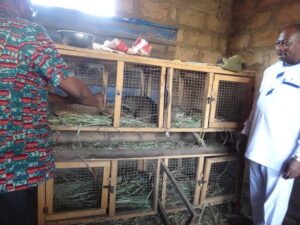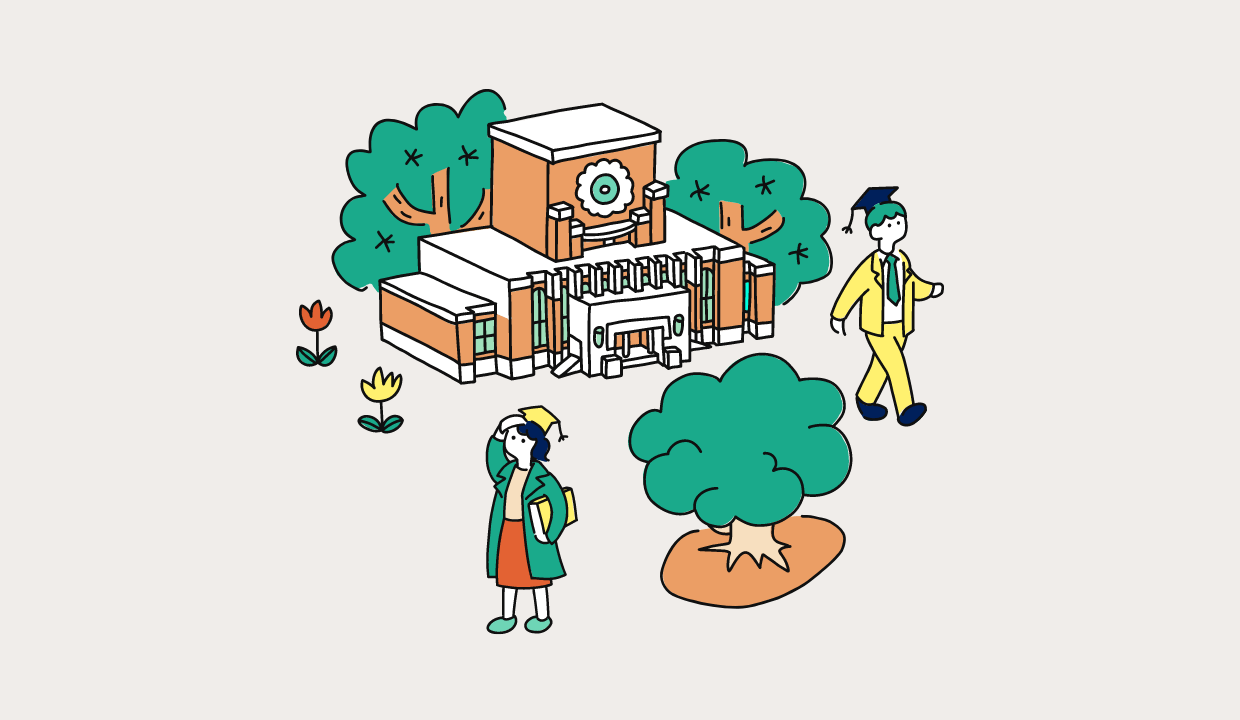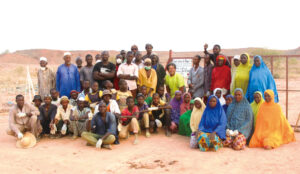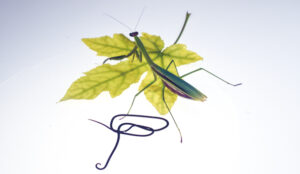GHANA GRASSCUTTER PROJECT : Enhancing Livelihoods in Ghana through Improvement in Native Livestock Production
Northern Ghana is facing a severe shortage of food. The harsh climate makes it difficult to keep cattle and pigs foddered, resulting in insufficient supply of animal protein. As a result, children’s growth in this region is significantly retarded as compared with those in the cities of southern Ghana.
This project aimed to address this problem. With Professor Miho Murayama of the Wildlife Research Center as Project Manager, in 2010 the Project began research on domesticating the grasscutter (also called the greater cane rat), a large rodent native to the region. The hunting of wild animals upsets the balance of the ecosystem, raising the risk of spread of zoonotic diseases (diseases of pathogens that can jump between humans and other species). If breeding and raising of grasscutters could become a steady occupation, a safe source of animal protein could be secured.
The project launched in earnest in 2014, supporting the raising of grasscutters in Upper West Region in Ghana’s north. The raising of grasscutters had been nonexistent in the region before the project; as of this writing, many farmers are steadily occupied with breeding and raising grasscutters and the sale and consumption of raised grasscutters has been increasing.

Raising grasscutters
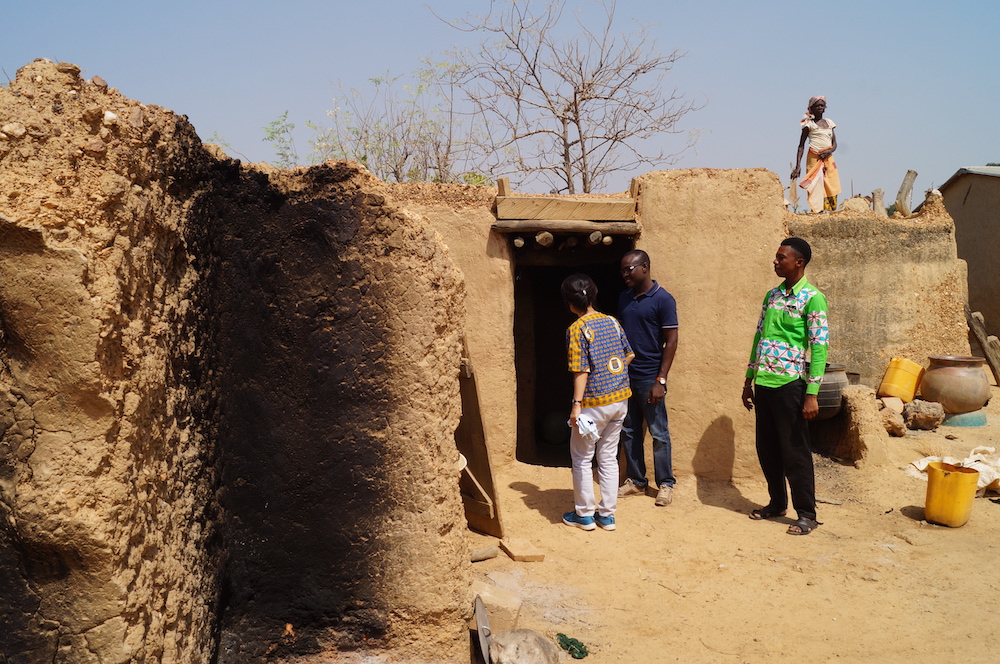
Building where grasscutters are raised


